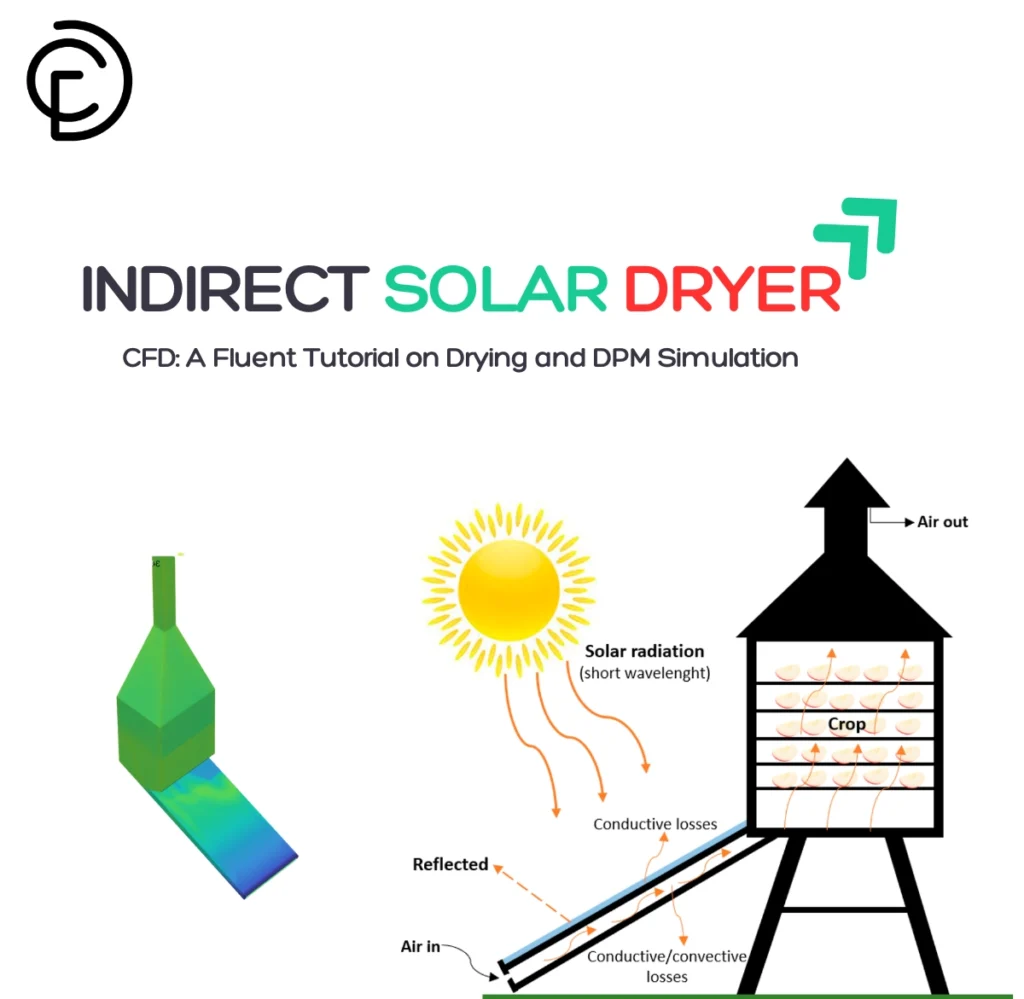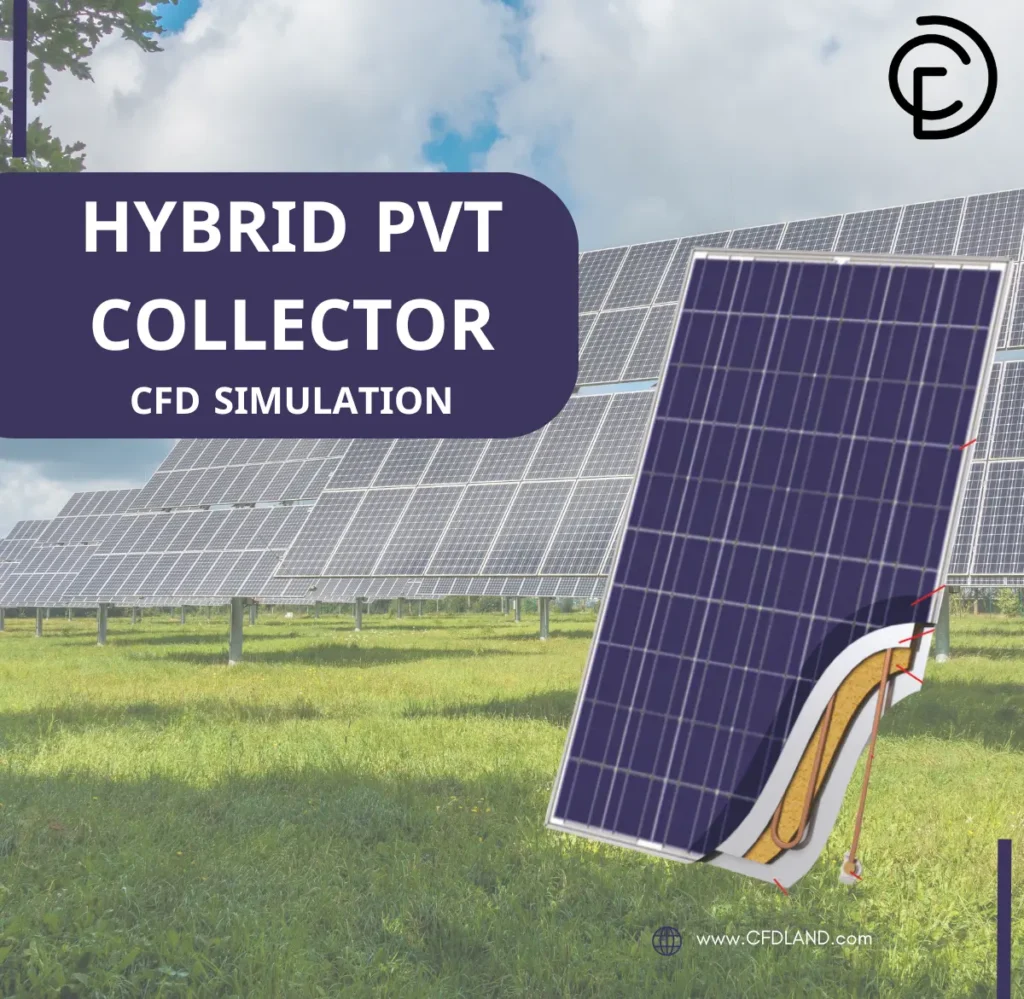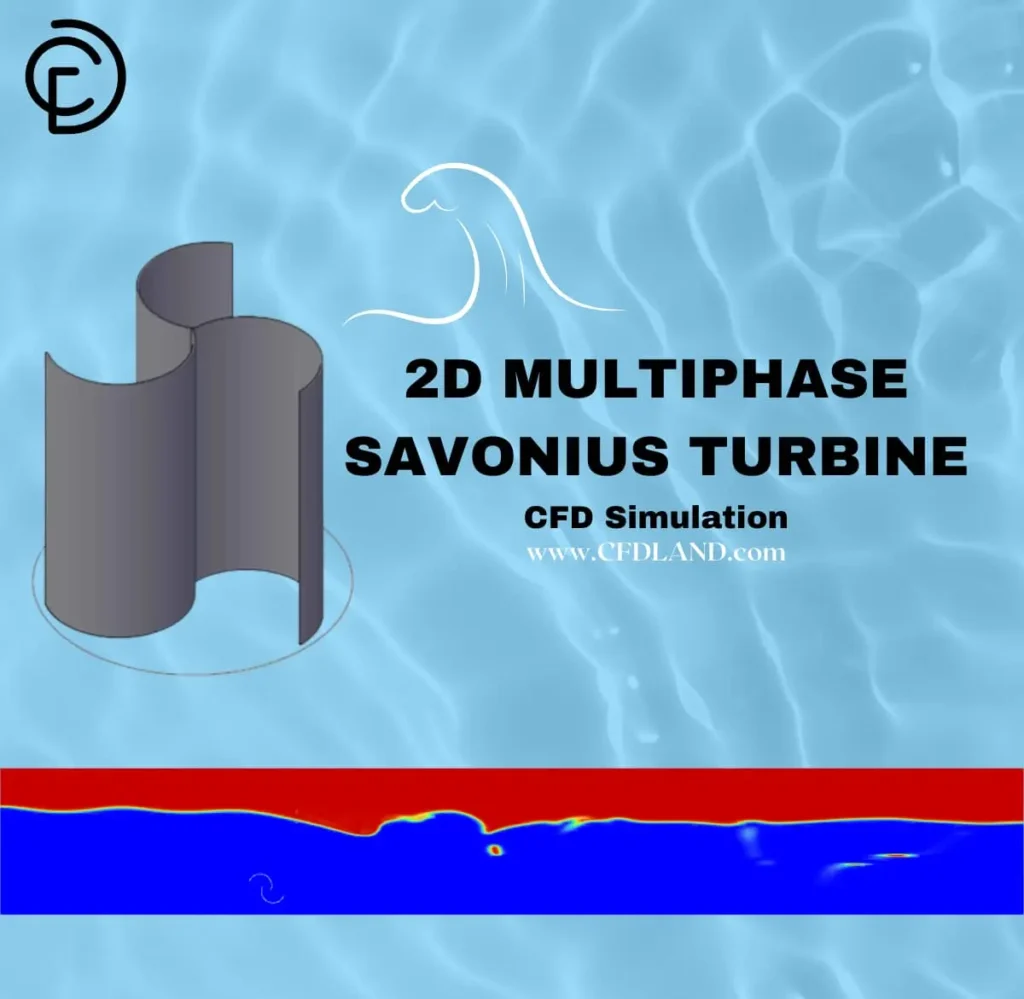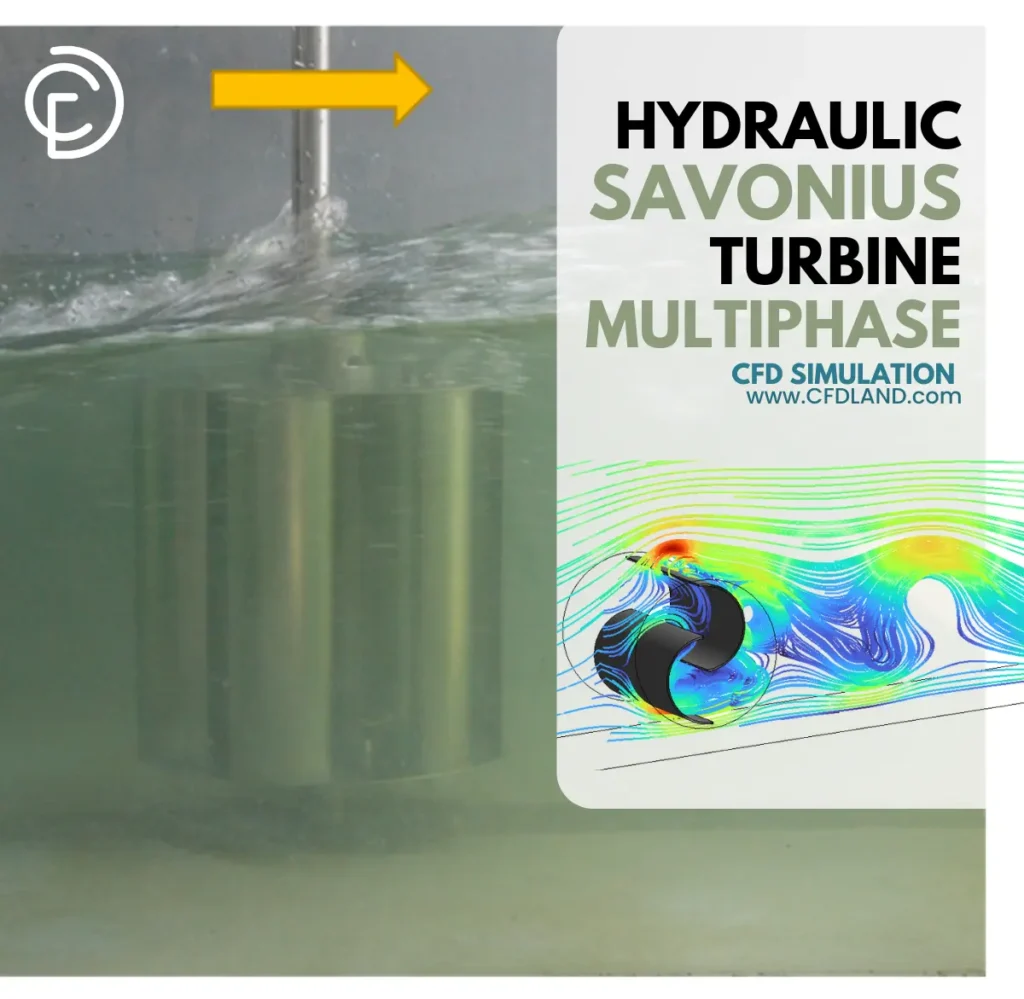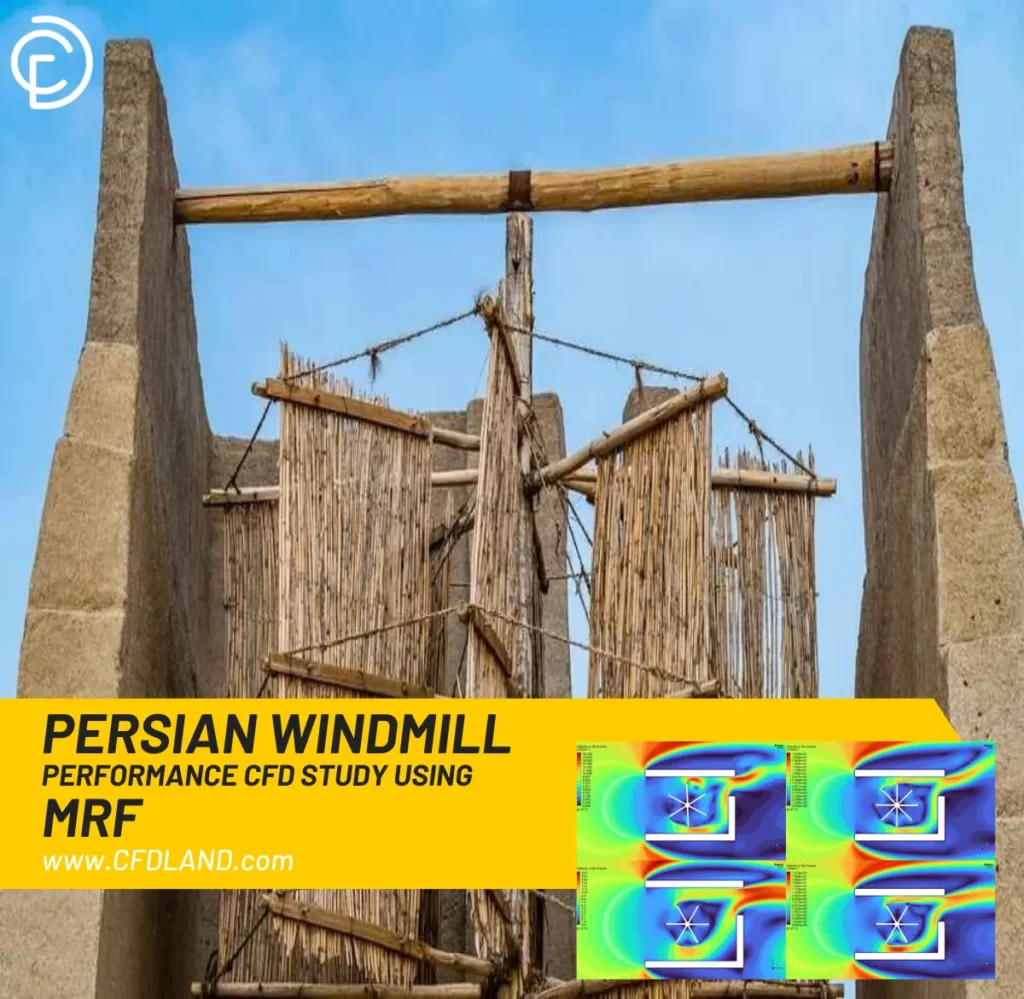Renewable Energy CFD Simulation
€185 Original price was: €185.€135Current price is: €135.
€195 Original price was: €195.€155Current price is: €155.
€185 Original price was: €185.€165Current price is: €165.
€215 Original price was: €215.€175Current price is: €175.
€140 Original price was: €140.€125Current price is: €125.
With the world population projected to reach nearly 10 billion by 2050 (Fig.1), global energy demand is expected to rise dramatically—especially in both developing and industrialized nations. Meeting this growing demand with clean, safe, and sustainable energy sources is one of the greatest challenges of the 21st century. Currently, a significant portion of the world’s energy is still supplied by fossil fuels. These sources not only release large amounts of carbon dioxide and other environmental pollutants but are also finite, posing long-term threats to energy security. Moreover, the constant fluctuations in fossil fuel prices contribute to global economic and geopolitical instability. In this context, the transition to renewable energy is no longer a matter of choice—it is a necessity. Renewable sources such as solar, wind, geothermal, and hydrogen offer clean, abundant, and reliable alternatives that reduce environmental degradation and ensure long-term energy resilience.
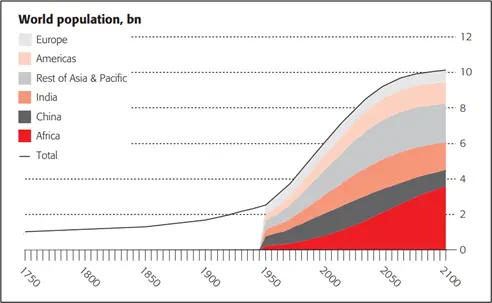
Figure 1- World Population Growth Forecast
What is Renewable Energy?
Renewable energy is energy that is generated from natural sources that are constantly replenished and inexhaustible on a human timescale. Unlike fossil fuels such as coal, oil, and natural gas—which take millions of years to form and are finite—renewable energy sources are sustainable and cleaner for the environment.
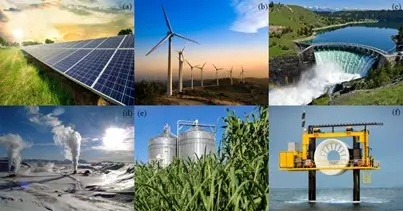
Figure 2- Main Types of Renewable Energy: (a) Solar Energy, (b) Wind Energy, (c) Hydro Energy, (d) Hydro Energy, (e) Biomass Energy, and (f) Tidal Energy
The research reveals significant disparities in the distribution and concentration of installed renewable electricity capacity globally, with 15 countries accounting for over 80% of the total capacity, which amounts to 3,099,959 MW. In 2023, China leads the pack with an impressive 1,453,701.25 MW, followed by the United States with 387,548.59 MW, and Brazil with 194,084.66 MW. Fig.3 illustrates the electricity installed capacity by primary renewable energy sources. Solar energy dominates with a capacity of 141,896.98 MW, accounting for 36.67% of the total. This is closely followed by hydropower at 126,902.92 MW (32.76%) and wind energy at 101,198.79 MW (26.29%). Other sources like bioenergy, geothermal energy, and marine energy contribute significantly less, with capacities of 150,261.17 MW (3.88%), 14,845.94 MW (0.38%), and 526.92 MW (0.01%), respectively.
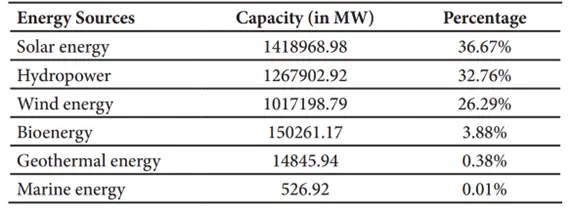
Figure 3- Electricity Installed Capacity with the Primary Renewable Energy Sources of 15 countries accounting for over 80% of the total capacity in 2023 [https://doi.org/10.51646/jsesd.v13i2.243].
Renewable energy has been used since ancient times. A notable example is the Persian windmill (known as Asbad), one of the oldest vertical-axis wind systems, dating back over 1,000 years. Found in eastern Iran and Afghanistan, these windmills highlight early innovation in harnessing wind power.
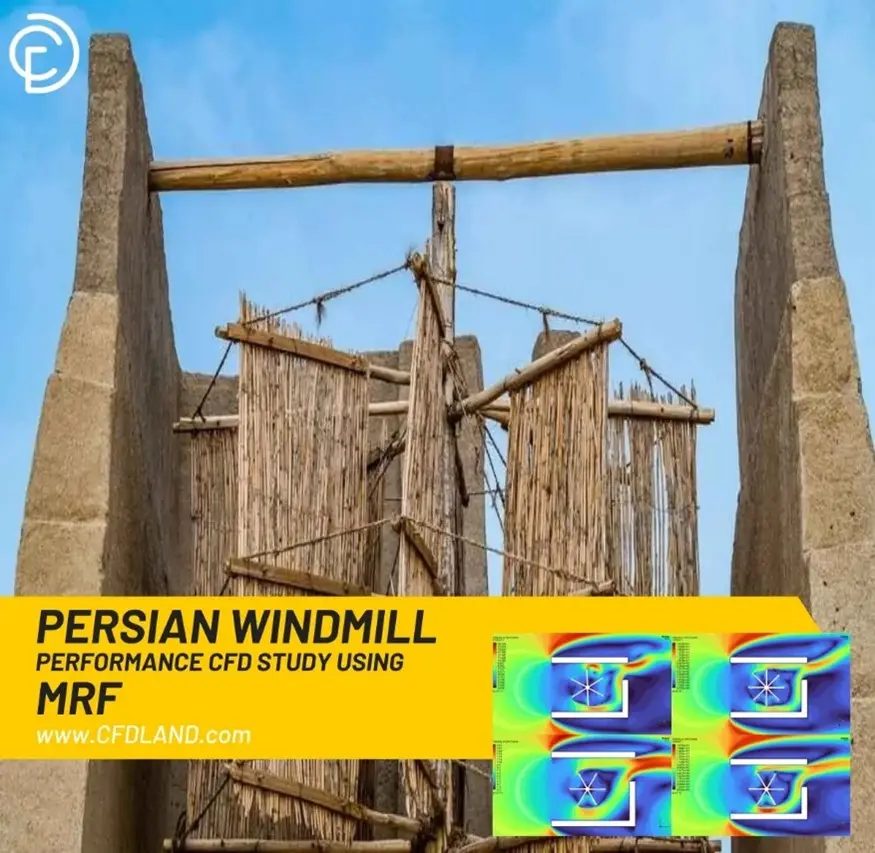
Figure 4- Ancient Innovations, The Persian Windmill (Asbād) and Early Wind Power: ANSYS Fluent Tutorial
Main Types of Renewable Energy
In recent years, growing awareness of sustainability and environmental issues has driven a global move toward cleaner energy solutions. Renewable energy has emerged as a key alternative to conventional fossil fuels, thanks to its ability to naturally regenerate and support a more sustainable future. There are six main types of renewable energy—let’s explore each one in more detail.
Solar Energy
Solar energy is one of the most widely used renewable energy sources, harnessing sunlight to generate clean electricity using photovoltaic (PV) systems or solar thermal collectors. At the core of this technology are solar panels, which rely on photovoltaic cells to convert solar radiation into electrical energy. When sunlight strikes these PV cells, it excites electrons in the semiconductor material, generating an electric current that can be harnessed for electricity (Fig.5). In modern engineering, CFD simulation for renewable energy systems—particularly solar panel CFD analysis and solar collector CFD modeling—is essential for optimizing panel placement, cooling mechanisms, and overall efficiency.
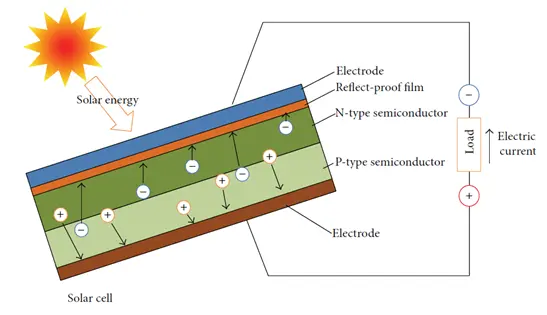
Figure 5- Schematic operating principle of a PV solar cell
Another important application of solar energy is Photovoltaic Thermal (PVT) technology. PVT systems combine solar photovoltaic (PV) panels with solar thermal collectors, allowing simultaneous production of electricity and heat. Traditional PV panels can lose efficiency when they get too hot, but PVT panels use a cooling system—usually water or air—to absorb this excess heat. This heat can then be used for heating water or indoor spaces, improving the overall energy efficiency. By generating both electricity and thermal energy from the same surface, PVT technology maximizes the use of solar resources, making it a smart choice for homes, industries, and commercial buildings.
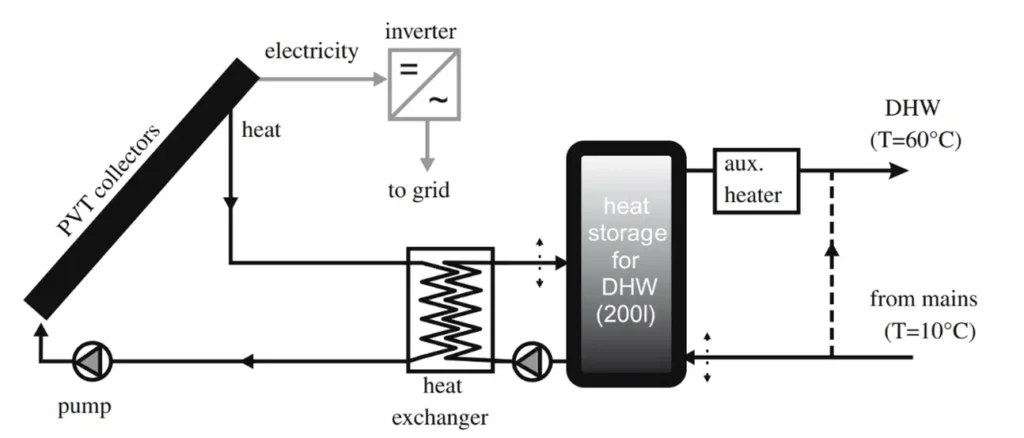
Figure 6- Schematic overview of the PVT system for domestic hot water.
Wind Energy
Wind energy captures kinetic energy from wind and converts it into electricity using turbines. This renewable energy source is especially valuable due to its scalability and clean output. Modern turbines, including vertical axis wind turbines (VAWT) like Savonius and Darrieus wind turbines, benefit significantly from CFD modeling for clean energy technologies.
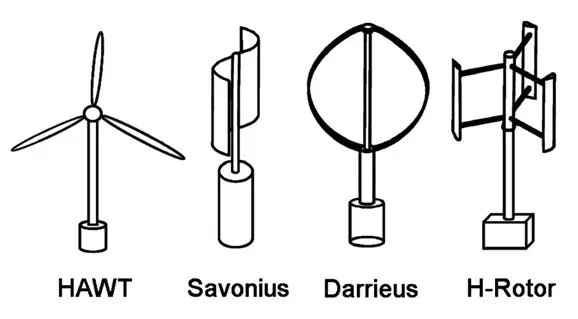
Figure 7- The Major Wind Turbine Types
With wind turbine CFD simulation, engineers can analyze aerodynamic performance, turbulence, pressure distribution, and wind flow interactions in detail. ANSYS Fluent is widely applied in simulating both onshore and floating offshore wind turbine CFD systems. These simulations support blade design optimization, yaw control, and structural integrity (Fig.8). Moreover, renewable energy CFD analysis ensures turbines are designed for efficiency even in complex terrains.
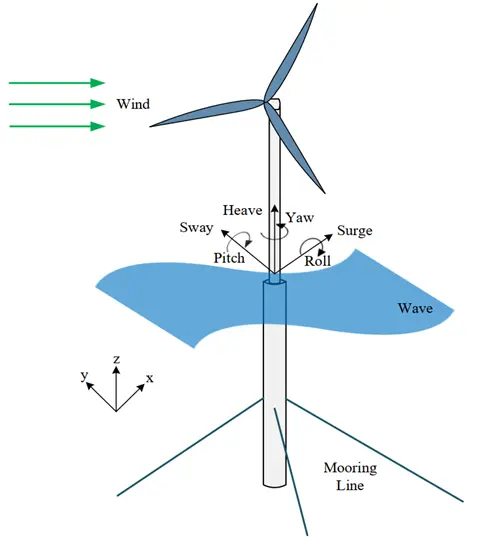
Figure 8- Dynamics of a Floating Offshore Wind Turbine: Interaction of Wind and Wave Forces
Hydro Energy
Hydropower uses the kinetic energy of flowing or falling water to generate electricity. This is achieved by channeling water through turbines linked to generators, often via large dam structures. To maximize efficiency and safety, CFD simulation for renewable energy systems is extensively used in hydro applications. CFD enables engineers to model fluid behavior, turbulence, cavitation, and structural pressure distribution in dams and turbines. As a zero-emission energy source, hydro is central to the renewable energy focus, and CFD optimization ensures both environmental protection and performance in design.
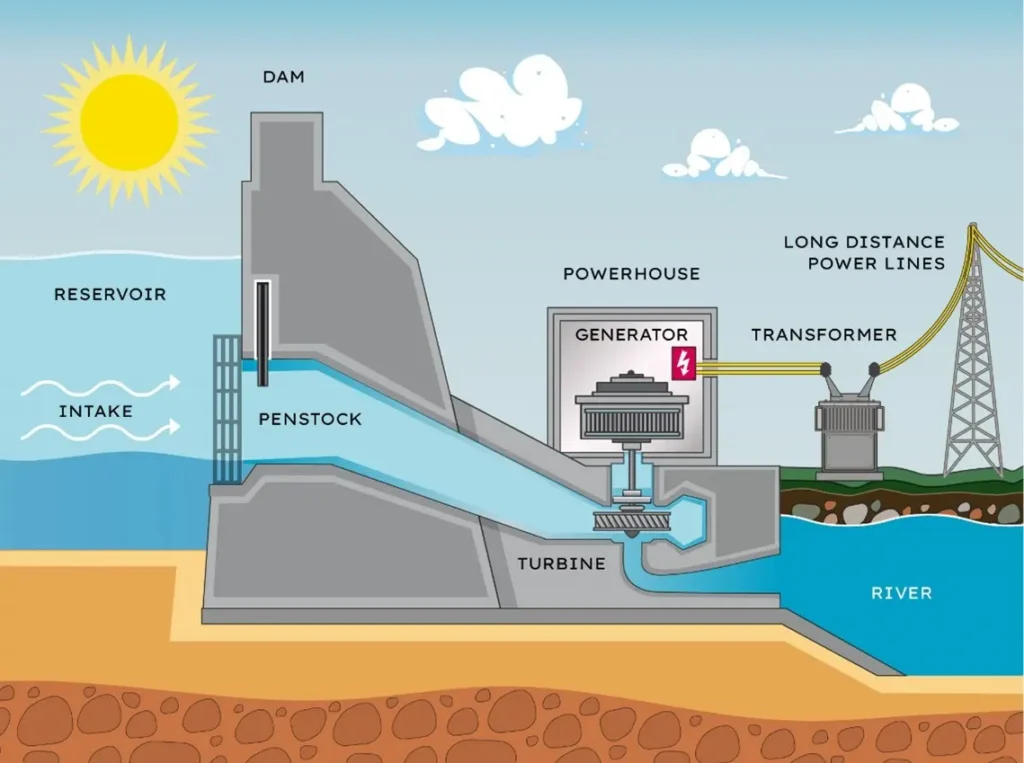
Figure 9- Diagram of a Hydroelectric Power Plant Showing Water Flow from Reservoir to Generator
Geothermal Energy
Geothermal energy utilizes the Earth’s internal heat to generate electricity and heating. To generate electricity from geothermal energy, wells are drilled into the geothermal reservoir, bringing hot water and steam to the surface. The steam powers a turbine, which drives a generator to produce electricity. The hot water is then returned to the reservoir to be reheated and reused.
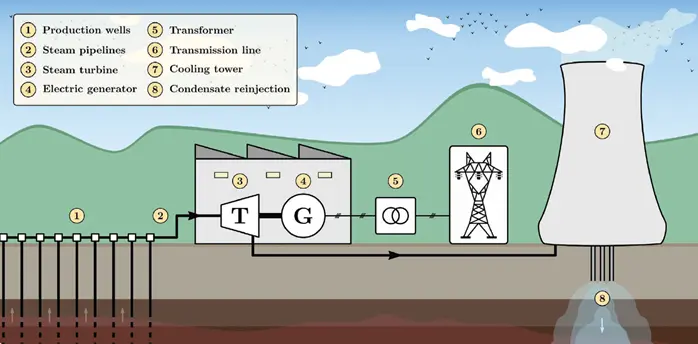
Figure 10-General scheme of a geothermal power plant
Regions rich in geothermal reservoirs, such as Iceland and the U.S., leverage this renewable energy through deep wells and heat exchangers. Geothermal heat exchanger CFD, ground source heat pump simulation, and earth tube heat exchanger CFD analysis are critical in the design of efficient geothermal systems. Engineers use CFD simulation of geothermal energy systems to analyze subsurface thermal gradients, fluid flow, and heat exchange rates. ANSYS Fluent and other tools help optimize borehole heat exchanger CFD modeling to reduce thermal loss and enhance sustainability. As global demand for low-carbon heating grows, computational fluid dynamics in sustainable energy offers essential insights for improving geothermal infrastructure.
Biomass Energy
Biomass energy derives from biological sources like wood, agricultural waste, and organic residues. It provides a carbon-neutral fuel alternative when managed sustainably.
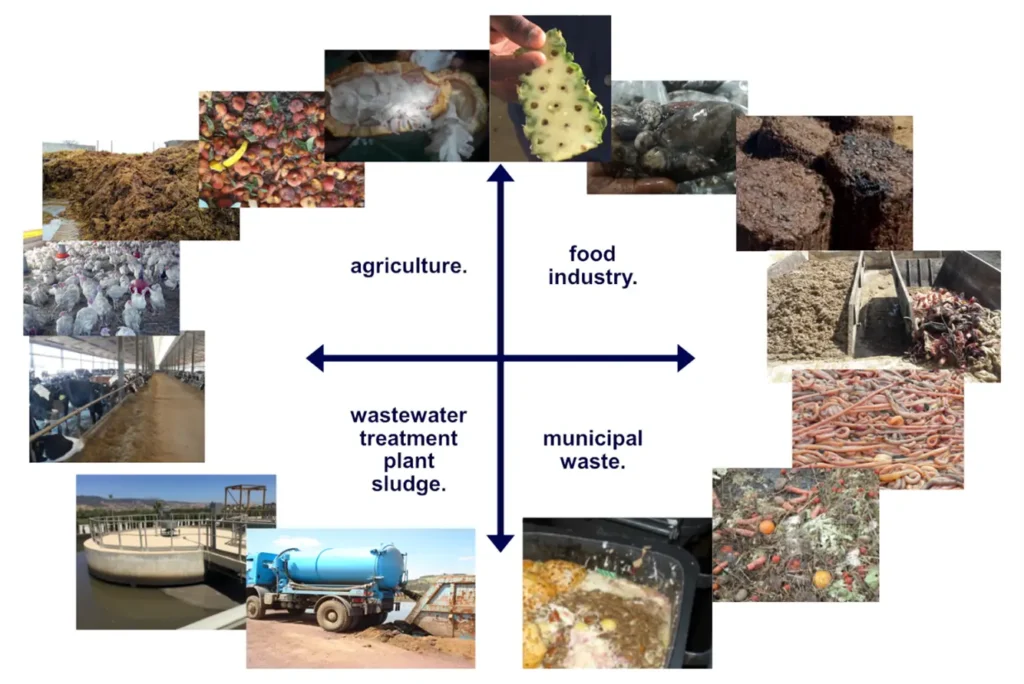
Figure 11- Types of Biomass Energy Sources
CFD modeling for clean energy technologies plays a key role in designing combustion chambers, optimizing airflow, and improving heat transfer in biomass boilers and gasifiers. ANSYS Fluent renewable energy simulation supports detailed analysis of biomass combustion, pyrolysis, and hydrogen production CFD modeling from organic material. Projects like the Drax Power Station in the UK—the world’s largest biomass power facility—rely on CFD to monitor emissions, enhance combustion efficiency, and support carbon capture technologies. Biomass remains a critical component of the global renewable energy focus, and CFD helps minimize emissions while maximizing output.
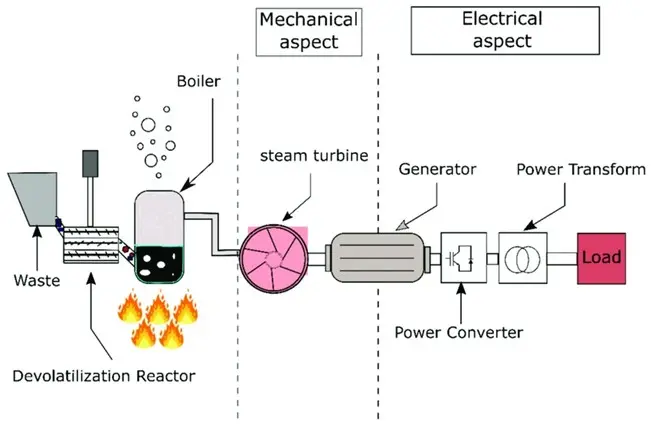
Figure 12- Block Diagram of Biomass Power Plant
Tidal Energy
Tidal energy converts the predictable movement of ocean tides into electricity using underwater turbines or barrages. As tides flow in and out, the turbines spin, generating electricity that feeds into the grid.
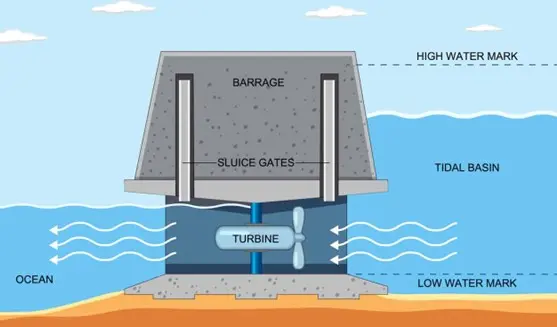
Figure 13- Producing Clean Energy through Tidal Power
This clean, renewable source is gaining popularity in coastal regions with strong tidal ranges. Using CFD simulation for renewable energy systems, engineers can model complex fluid-structure interactions, optimize turbine design, and predict sediment transport. As coastal nations look to expand sustainable energy portfolios, computational fluid dynamics in sustainable energy will continue to drive innovation and reliability in tidal systems. This facility stands as a leader in tidal energy technology, focusing on the development of more efficient and cost-effective turbines.
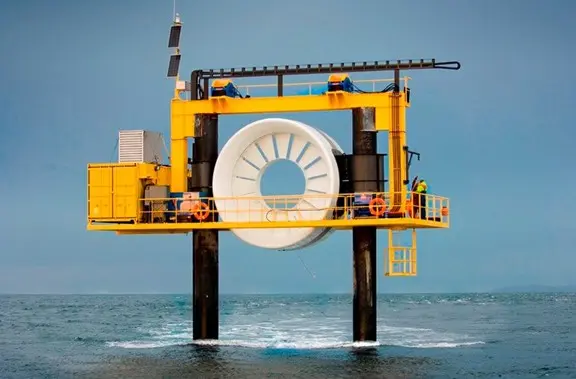
Figure 14- Tidal Energy Site as an Open Hydro Turbine: Off Shore Turbine
Renewable Energy: Advantages and Disadvantages
Understanding both the benefits and limitations of renewable energy is essential for building a reliable and eco-friendly energy future.
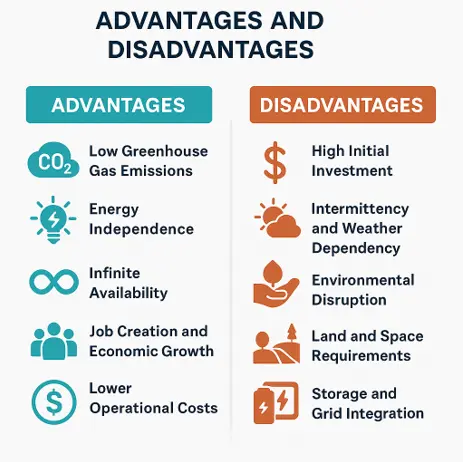
Figure 15- Renewable Energy: Advantages and Disadvantages
1-1- Renewable Energy: Advantages
- Low Greenhouse Gas Emissions: Renewable energy sources like solar, wind, and hydro produce minimal or zero carbon dioxide, helping to fight global warming and improve air quality.
- Energy Independence: By using local renewable resources, countries can reduce their reliance on imported fossil fuels, boosting national energy security and economic resilience.
- Infinite Availability: Resources like sunlight, wind, and geothermal heat are naturally replenished, providing a sustainable supply of energy over the long term.
- Job Creation and Economic Growth: The renewable energy sector creates millions of jobs worldwide—from solar panel installation to wind farm maintenance—supporting local economies.
- Lower Operational Costs: While the upfront costs are high, renewable energy systems have low maintenance and operation expenses, leading to long-term cost savings.
1-2- Renewable Energy: Disadvantages
- High Initial Investment: Solar farms, wind turbines, and hydropower stations require substantial capital costs to build and install.
- Intermittency and Weather Dependency: Solar and wind energy depend on weather conditions, causing unpredictable supply unless combined with energy storage systems.
- Environmental Disruption: Projects like large dams or wind farms can disrupt local ecosystems, affect wildlife, or alter natural landscapes.
- Land and Space Requirements: Utility-scale solar and wind farms need large land areas, which may lead to land use conflicts or reduce space for agriculture and wildlife.
- Storage and Grid Integration: To ensure reliability, renewable energy needs advanced storage solutions and smart grid technology, which can be complex and costly to implement.
Applications of Renewable Energy
Here are some common applications of renewable energy across various sectors:
Electricity Generation
Renewable energy is primarily used to generate electricity in a clean and sustainable manner. Technologies like solar panels, wind turbines, hydroelectric dams, and geothermal power plants convert natural forces into electrical energy without emitting greenhouse gases. This electricity powers residential homes, commercial buildings, and industrial facilities, helping to reduce reliance on fossil fuels and lowering carbon footprints globally.
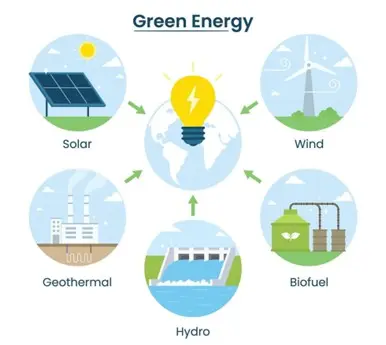
Figure 16- Electricity generation renewable source types
Heating and Cooling
Renewable sources like geothermal energy and biomass provide effective heating and cooling solutions. Ground-source heat pumps use the Earth’s stable underground temperatures to heat or cool buildings efficiently, while biomass materials like wood chips and agricultural waste are burned or digested to produce heat for homes, greenhouses, and factories. These systems offer a low-emission alternative to conventional HVAC systems.
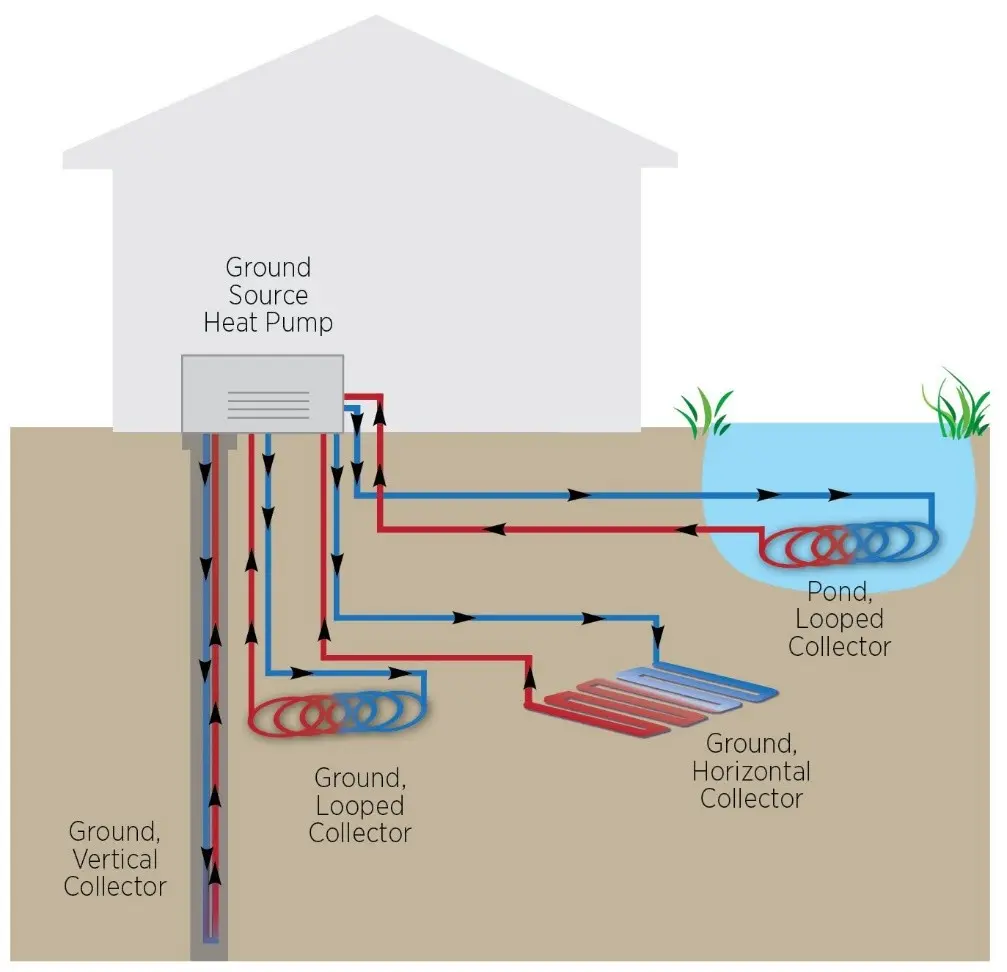
Figure 17- Geothermal Heat Pump Selection and Installation
Transportation
The transportation sector benefits from renewable energy through the use of biofuels and electric vehicles (EVs). Biofuels such as ethanol and biodiesel are derived from organic materials and can power cars, buses, and planes with lower emissions than traditional fuels. Additionally, EVs can be charged using electricity from renewable sources, making travel more environmentally friendly and reducing dependence on oil.
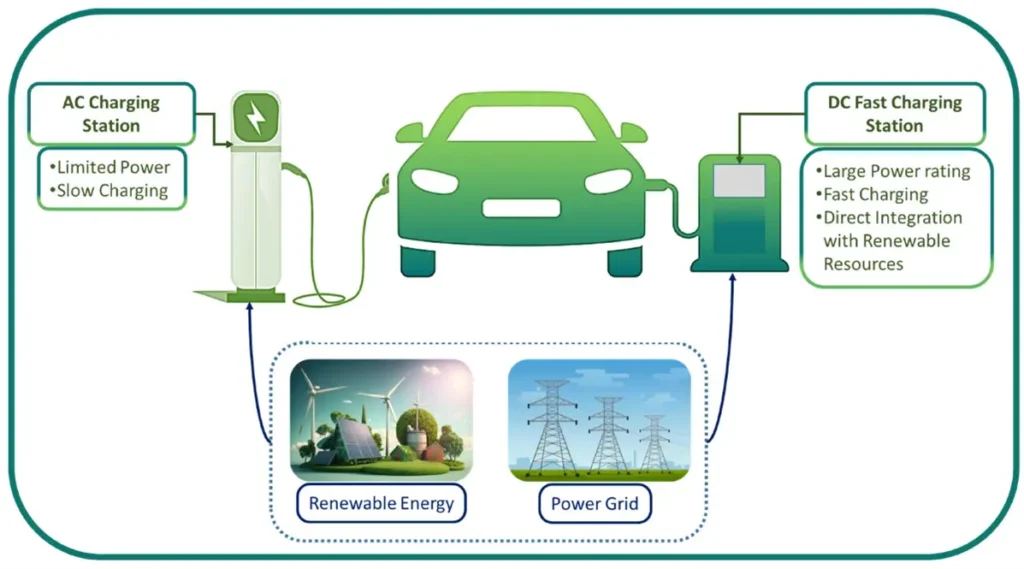
Figure 18- Sustainable Vehicles for Decarbonizing the Transport Sector
Water Desalination
Solar-powered desalination offers a sustainable solution to water scarcity, especially in arid and coastal regions. This process uses solar energy to power systems that remove salt from seawater, producing fresh drinking water. It is particularly valuable in off-grid or developing areas, where access to clean water is limited and conventional energy is costly or unavailable.
Agriculture
In agriculture, renewable energy supports sustainable farming practices. Solar panels are often used to power irrigation pumps, lighting, and small machinery in remote or off-grid farms. Biogas systems digest animal and crop waste to produce both electricity and natural fertilizer, promoting circular farming. These solutions reduce operating costs and environmental impact for farmers.

Figure 19- Solar Panels are Used to Power Irrigation Pumps, and Lighting
Industrial Processes
Industries are increasingly using renewable energy to power operations and reduce emissions. Renewable electricity from wind, solar, and hydro sources can run heavy machinery and manufacturing plants. Furthermore, green hydrogen produced through electrolysis with renewable power is becoming vital in high-temperature processes like steelmaking, offering a cleaner alternative to coal and gas.
Renewable Energy in Space Exploration
In the space industry, the transfer of fossil fuels is prohibitively expensive, and their frequent consumption presents logistical challenges. Renewable energy proves indispensable in space exploration and satellite technology, particularly through the utilization of solar energy and thermoelectric generators. These generators, functioning as semiconductors, produce electricity from temperature differentials. While their energy output is limited, they find essential applications in specialized sectors such as space industries.
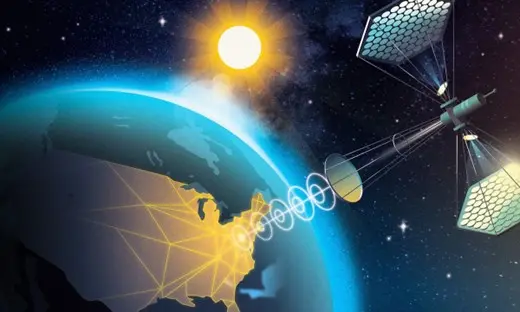
Figure 20- Reaching for the Stars: How Solar Energy Empowers Space Exploration
Simulation of Renewable Energies by ANSYS Fluent
ANSYS Fluent is a powerful tool for CFD simulation for renewable energy systems, allowing engineers to analyze fluid flow and heat transfer processes critical to improving the performance of clean energy technologies. In wind turbine CFD simulation, Fluent helps model airflow dynamics, turbulence, and wake effects for blade optimization. In solar applications, solar panel CFD analysis and photovoltaic system thermal simulation enable users to study heat buildup and test cooling strategies such as air or liquid cooling, or even phase change materials. These simulations ensure higher efficiency and longer system lifespan.
Beyond solar and wind, Fluent is also widely used for geothermal energy CFD simulation, simulating subsurface fluid flow and heat extraction. It plays a key role in CFD simulation of solar thermal systems and energy storage units, helping design efficient thermal management systems. Overall, ANSYS Fluent renewable energy simulation enhances design accuracy, reduces prototyping costs, and supports CFD optimization of renewable energy systems. This leads to smarter, more reliable clean energy solutions tailored for real-world conditions.
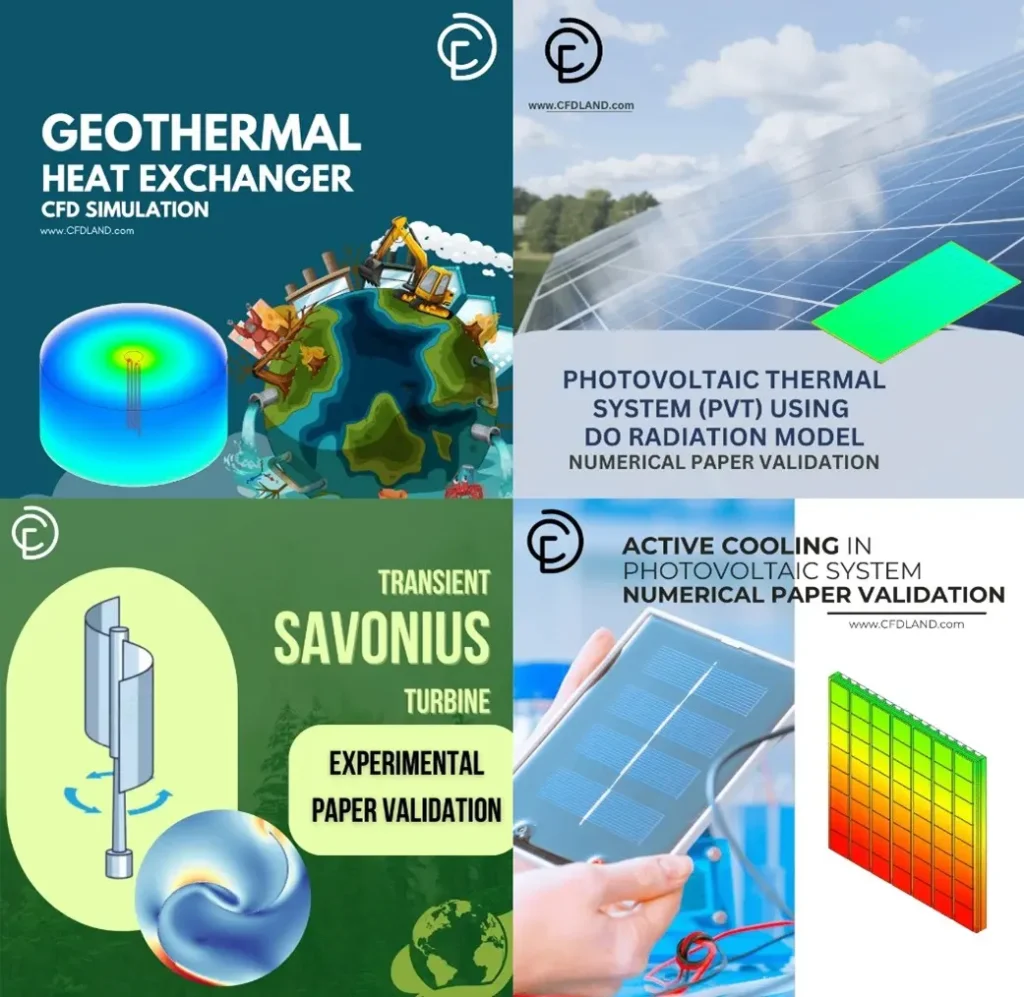
Figure 21- CFD Simulation of Various Types of Renewable Energy Systems Using ANSYS Fluent by CFDLAND Experts
CFDLAND expertise in Renewable Energy Modeling Using ANSYS Fluent Software
At CFDLAND, we specialize in advanced CFD simulations for renewable and sustainable energy systems using ANSYS Fluent. Our team brings deep expertise in modeling complex processes such as wind energy optimization, solar thermal systems, hydropower channels, and heat exchanger performance. Whether you’re a researcher, engineer, or company seeking accurate CFD solutions, our shop offers ready-to-use simulations and custom project outsourcing services. Renewable energy simulation services at CFDLAND can simulate various Renewable Energy Models such as:
- Solar energy systems: Simulation of solar collectors, photovoltaic/thermal (PV/T) panels, and natural convection in solar devices
- Wind energy simulations: Analysis of wind turbine aerodynamics, blade design, and airflow optimization
- Hydropower and water flow: CFD modeling of hydraulic turbines, open-channel flows, and cavitating flows in hydropower systems
- Geothermal energy systems: Simulation of underground heat transfer, geothermal heat exchangers, and borehole thermal behavior
- Phase change materials (PCM): Simulation of melting/solidification processes for energy storage applications
- Hybrid renewable systems: CFD studies of integrated solar, wind, and thermal systems for improved energy efficiency
Explore our CFD SHOP to find a wide range of renewable energy simulation projects, or submit your own requirements through our Order Project section. From concept to detailed analysis, CFDLAND is your trusted partner in advancing clean energy through simulation.

